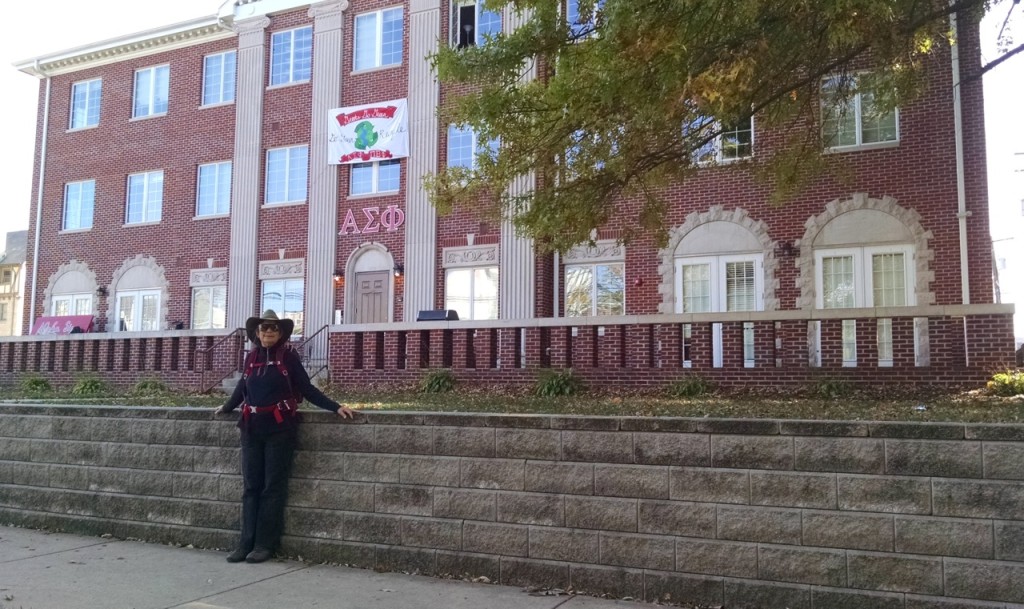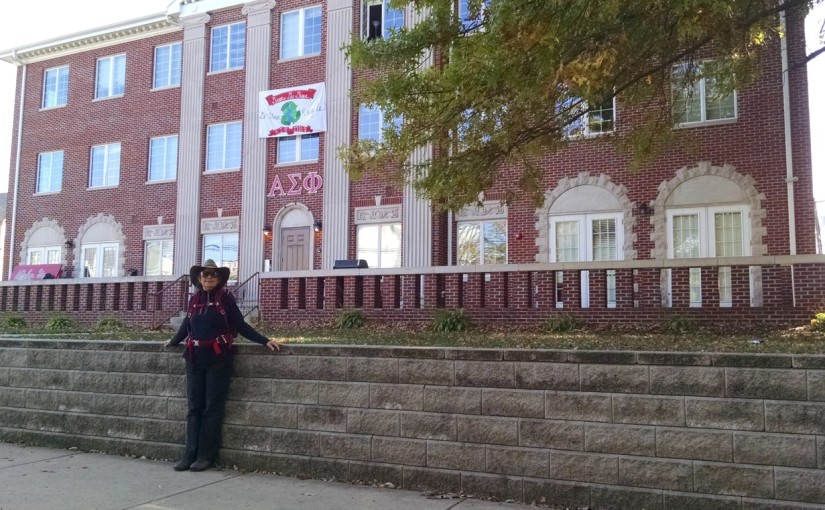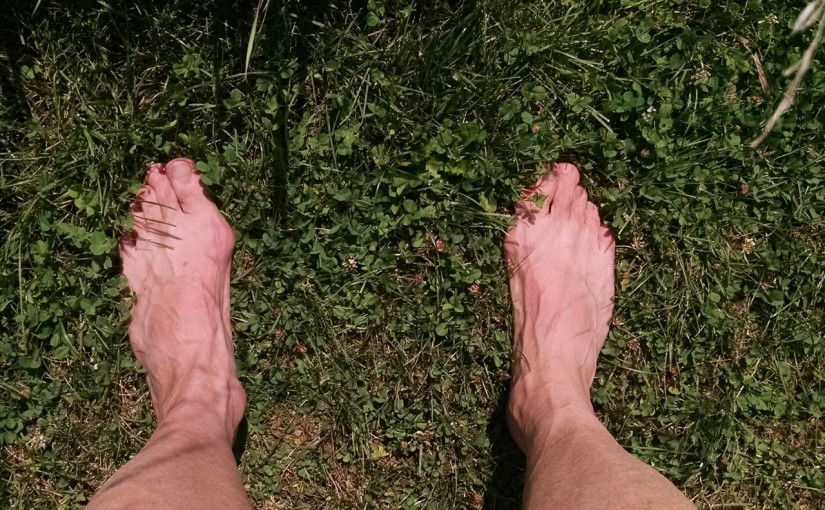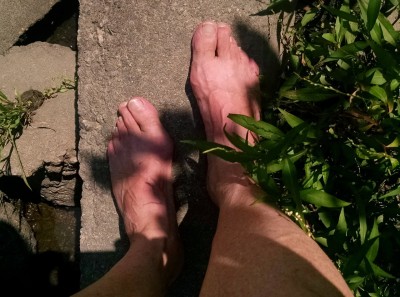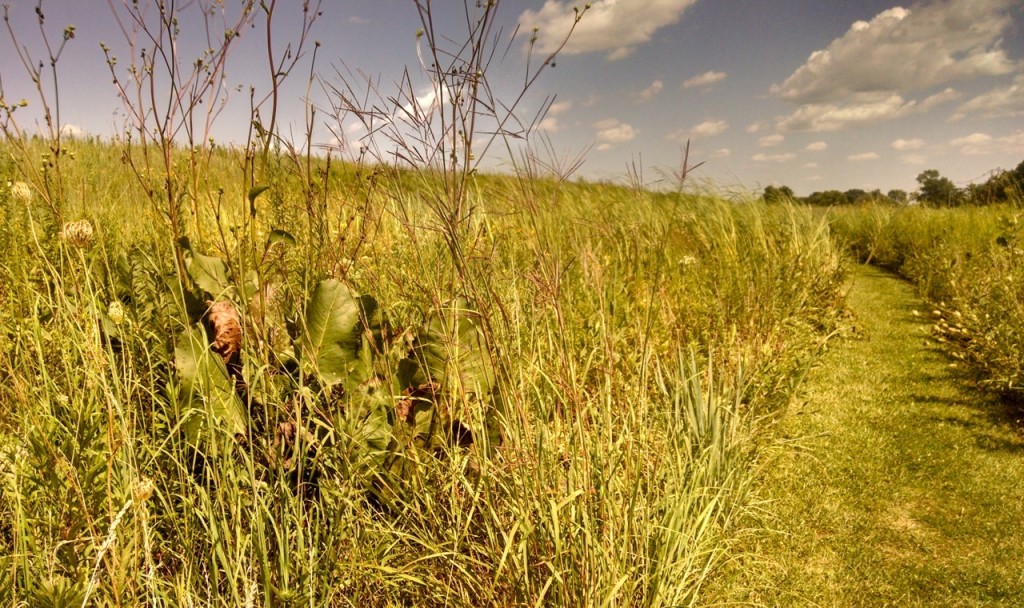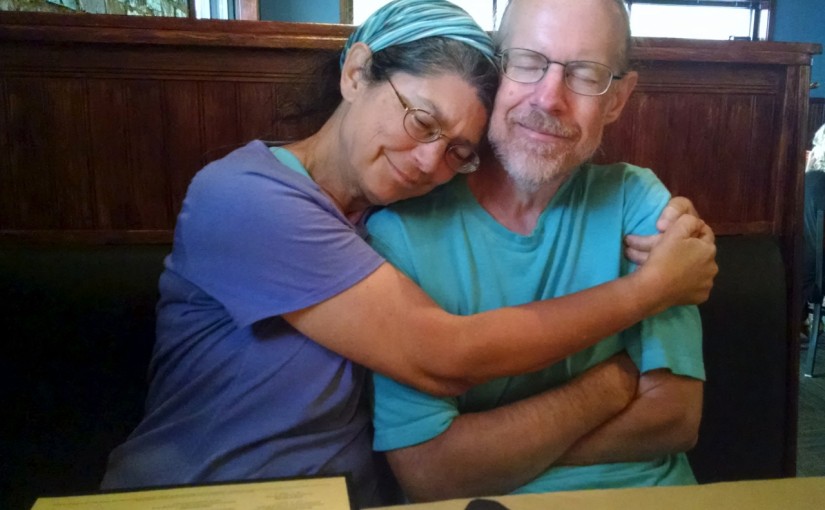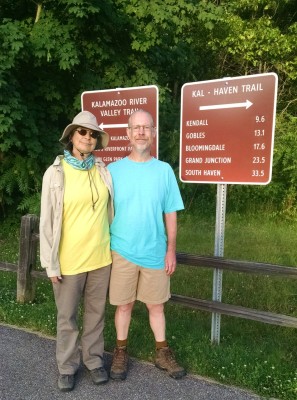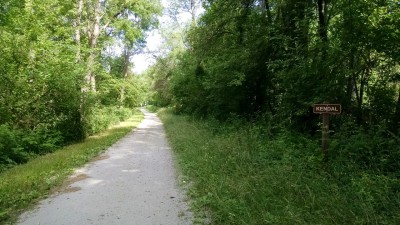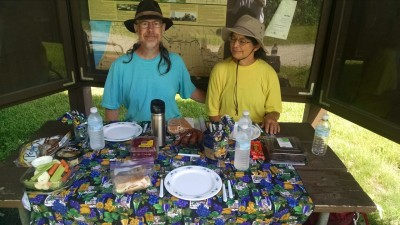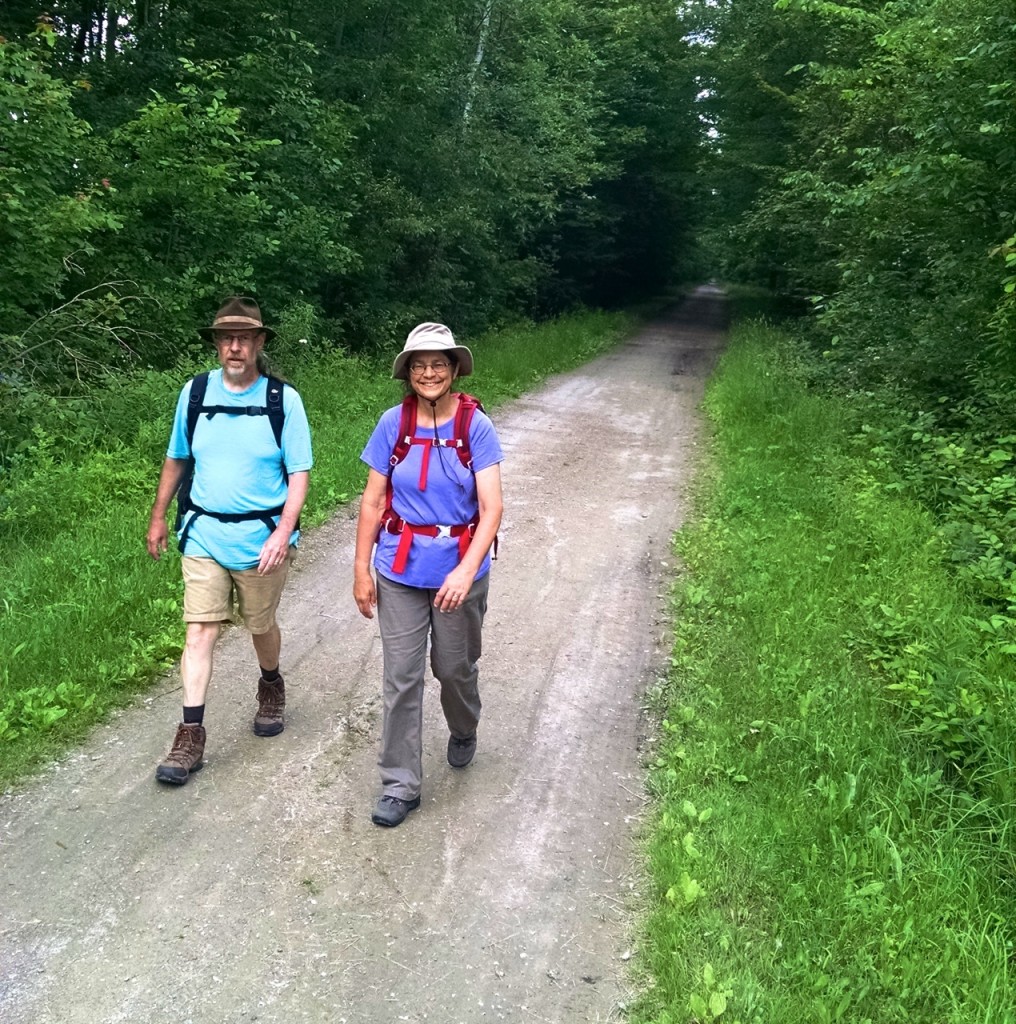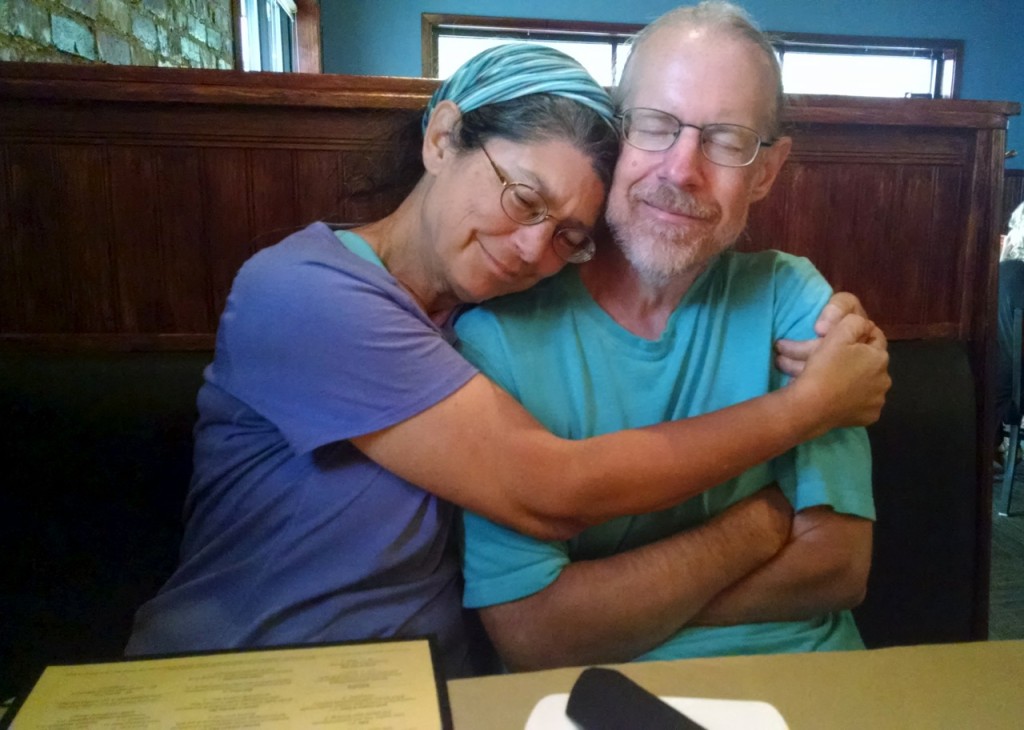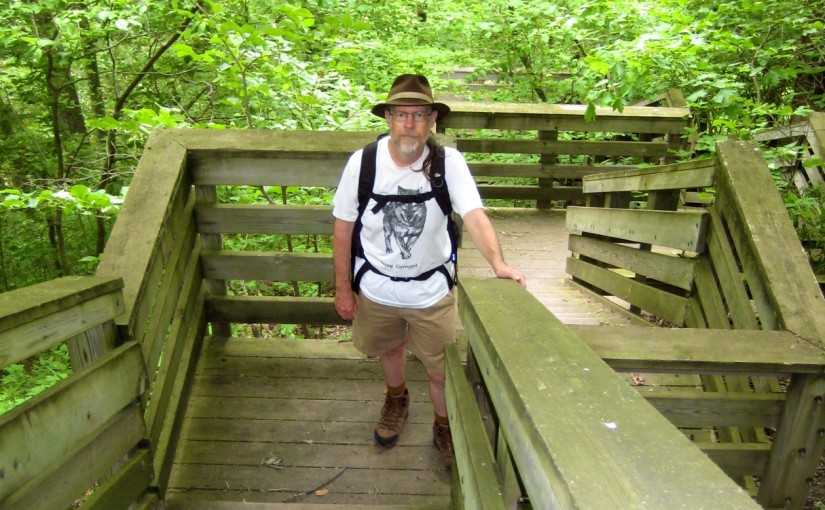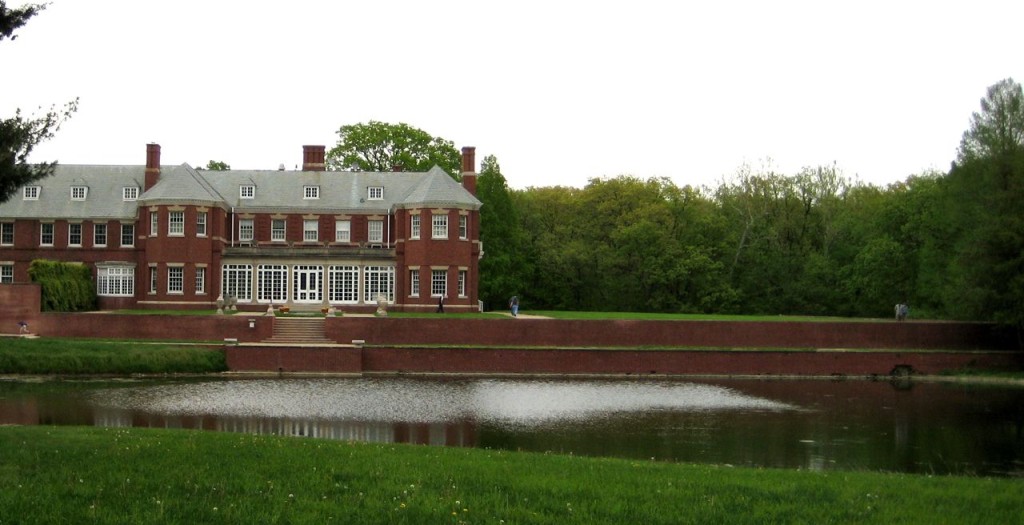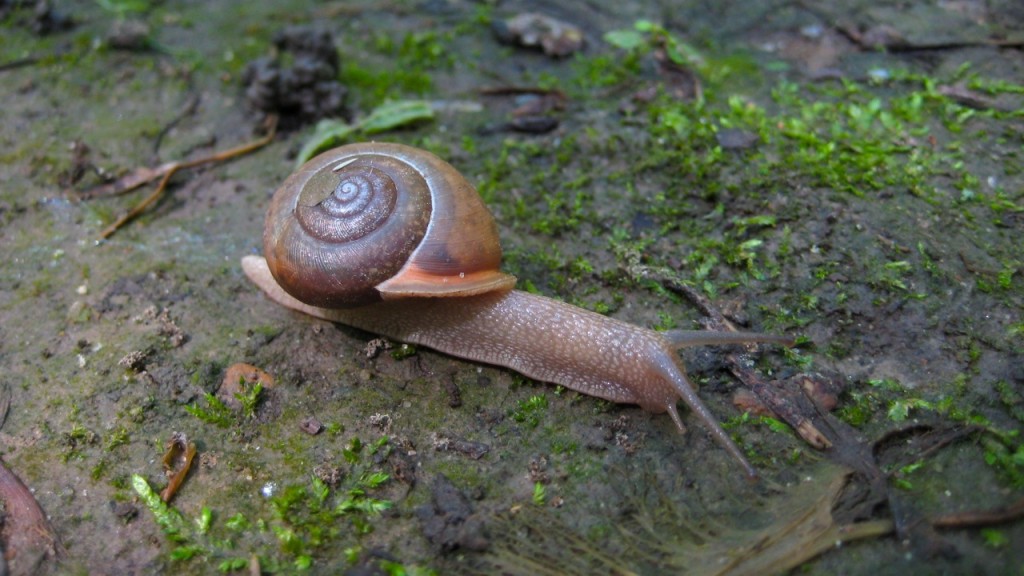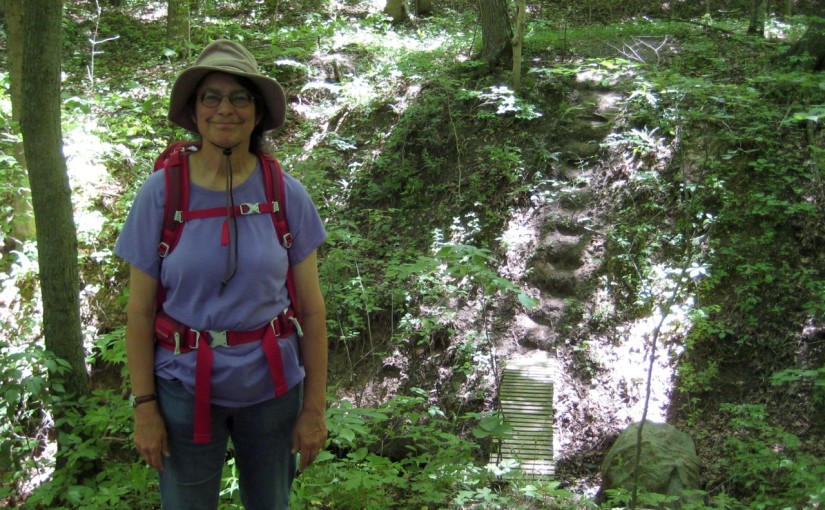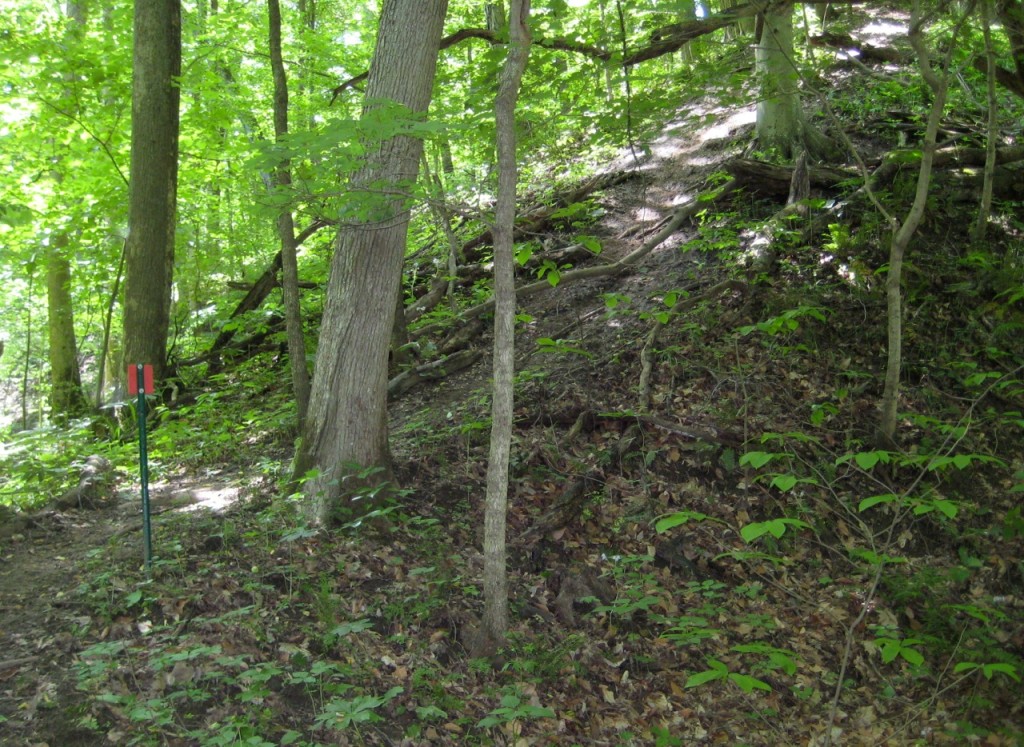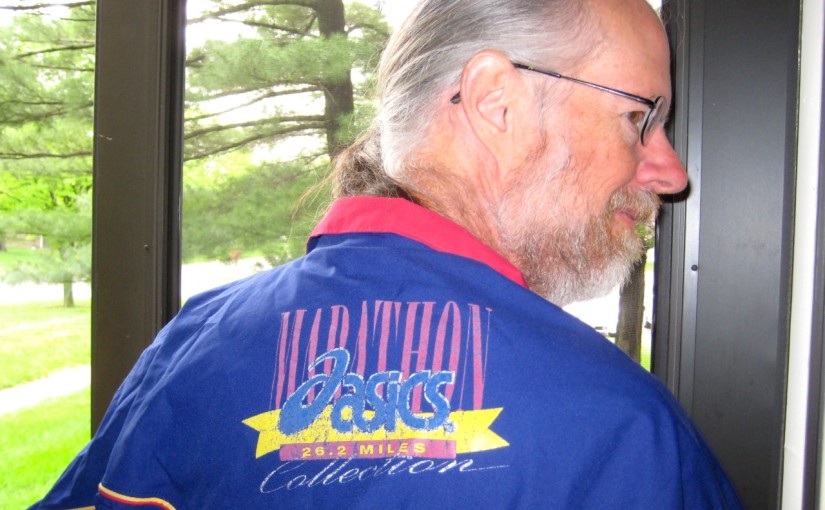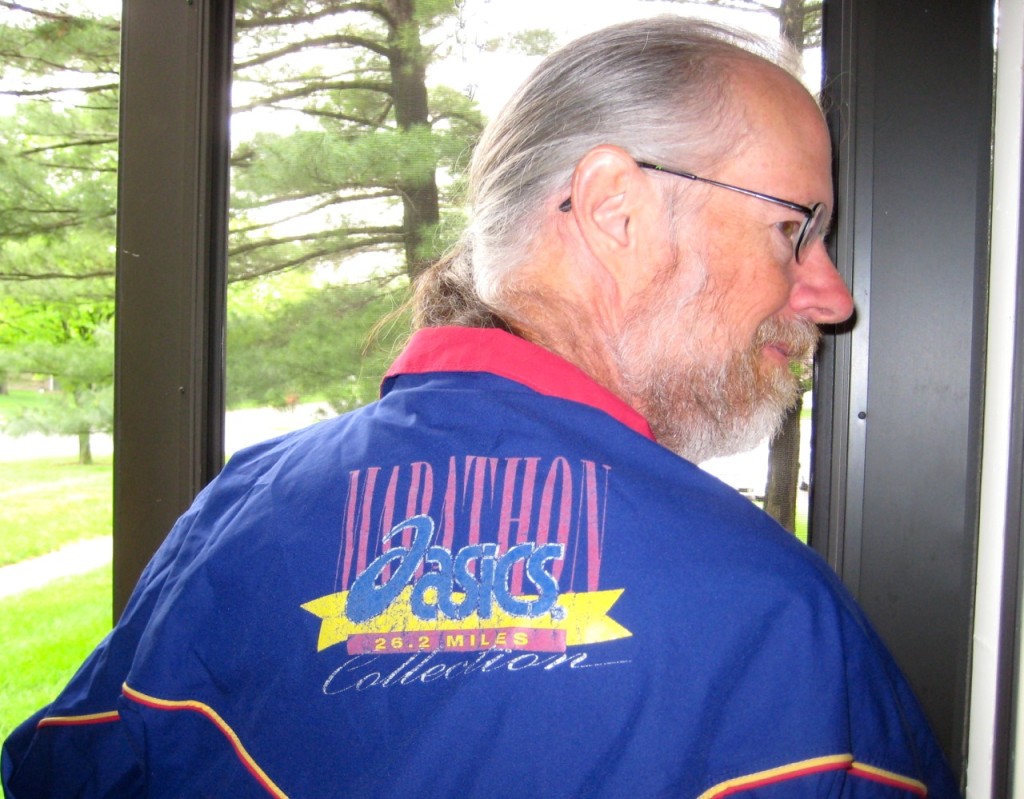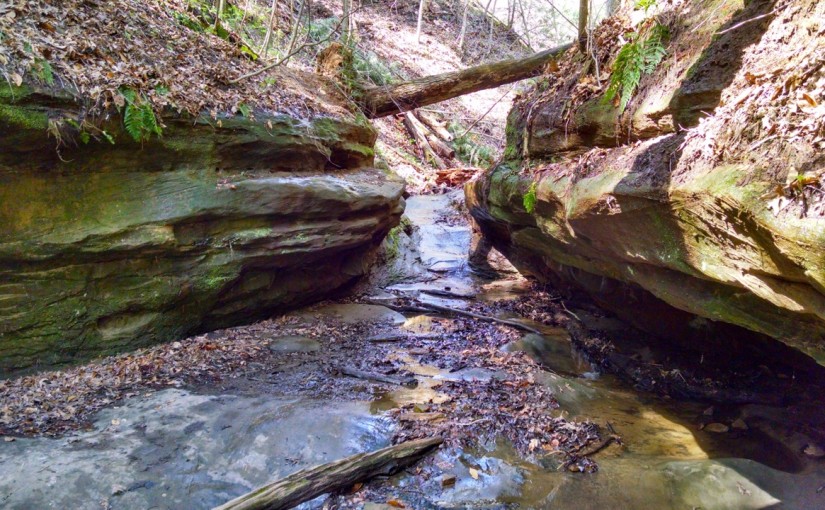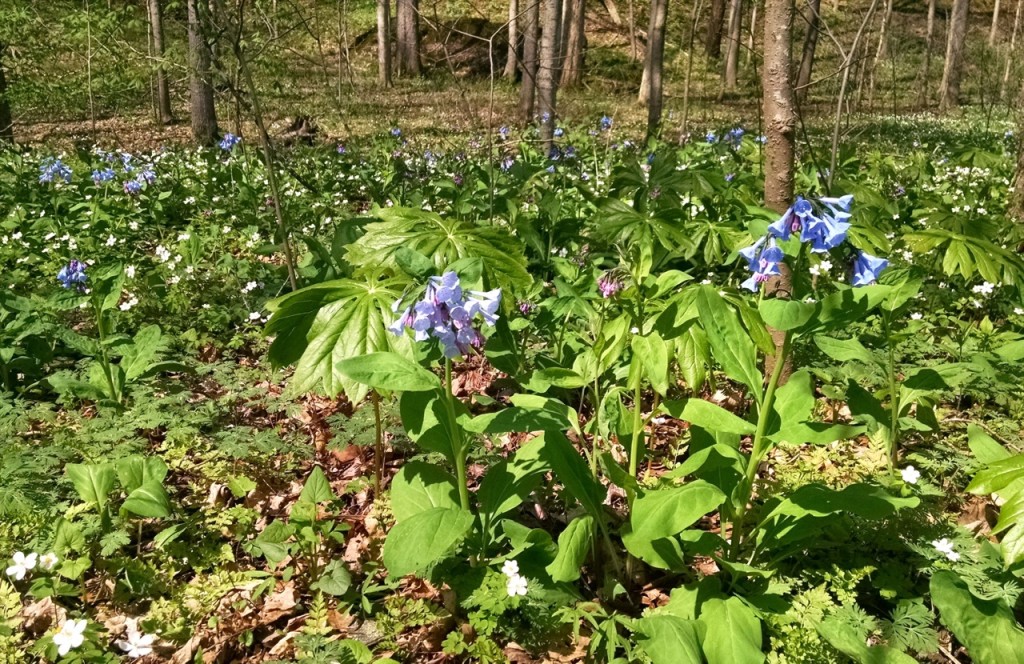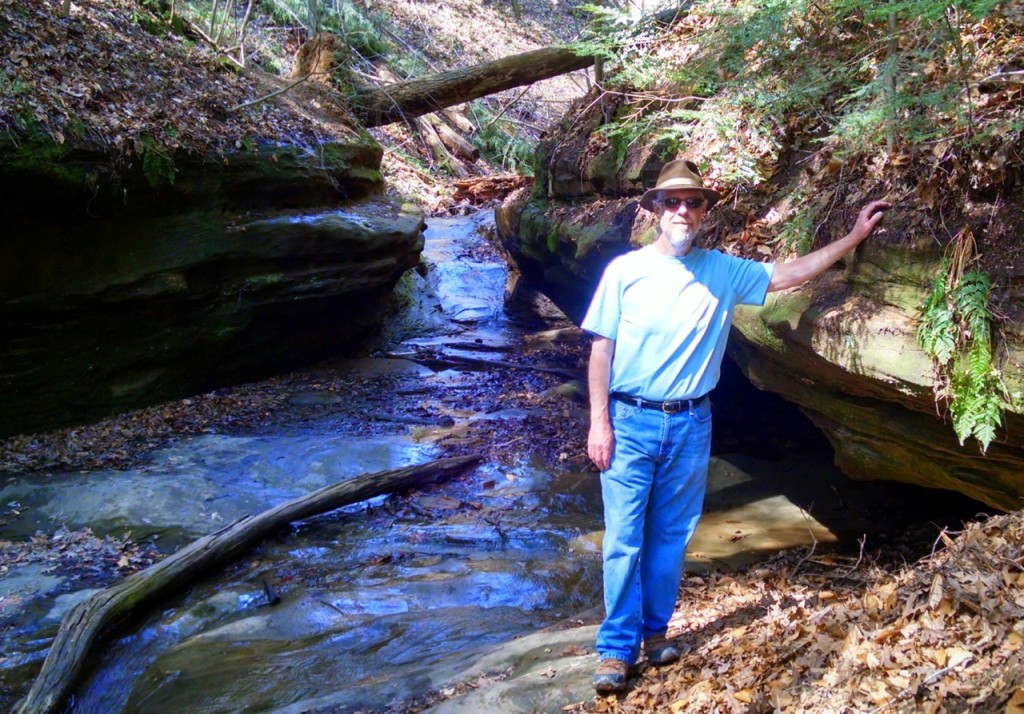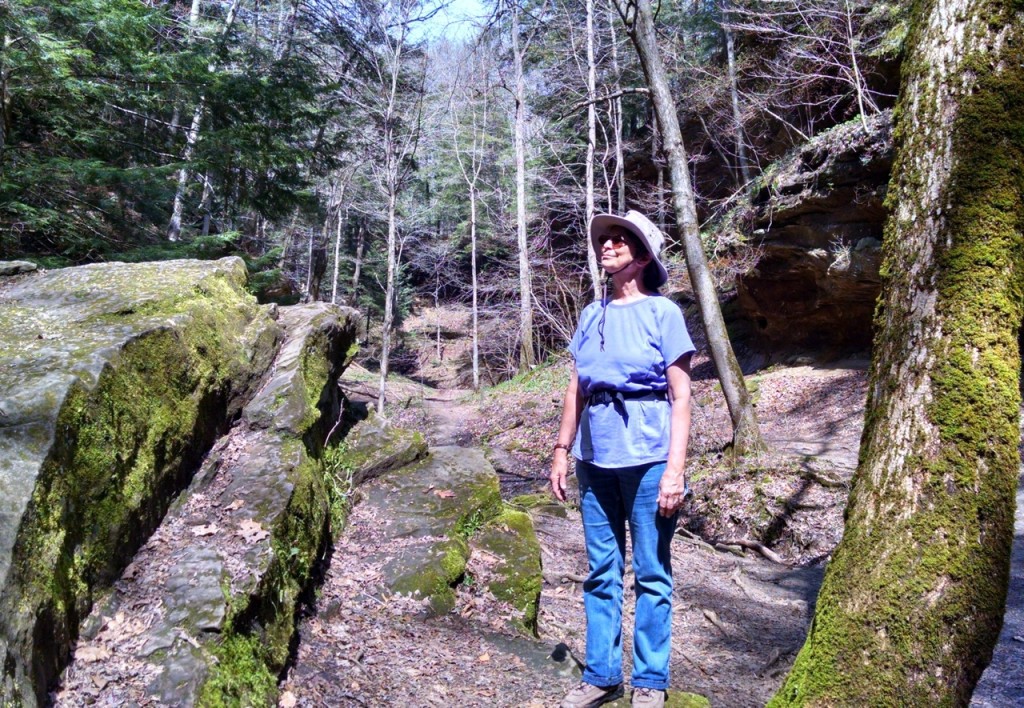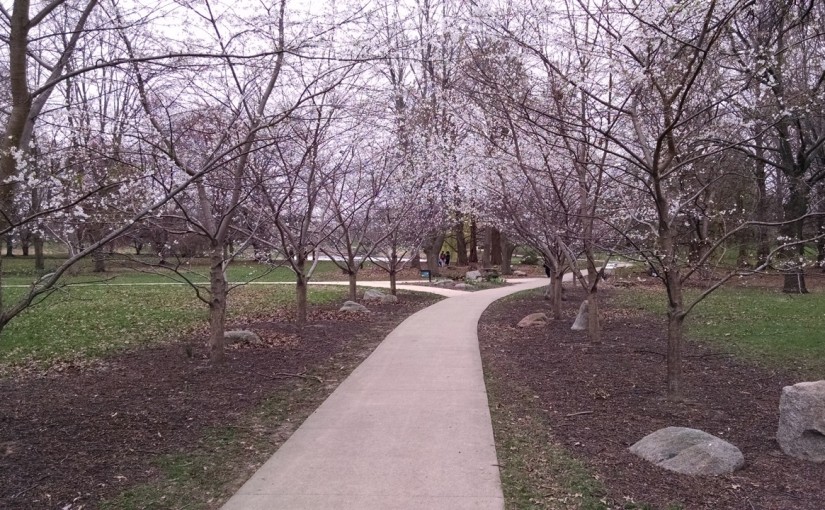I’ve started thinking of my fitness practice more as movement practice. This post is about that shift in my thinking, and if that’s not going to be interesting to you, you’ll probably want to just skip this one.
I have always wanted to be fit, for what I think are mostly ordinary reasons: to be healthy, to look good, to be capable of doing the things that need to be done. For most of my life, my fitness practice fell short of what I thought it ought to be, again for mostly ordinary reasons: I was busy, the weather was bad, I found exercise boring or unpleasant.
I would get my aerobic exercise running and cycling in the summer, and walking year round. When the weather cooperated with a mild spring, I could get in pretty good shape by mid-summer. A couple of years, I even preserved some level of running capability over the winter; one of those years, I ran the Lake Mingo Trail Race, which at 7.1 miles was usually beyond my capability in mid-June when it takes place. But, given the realities of working a regular job (with hours when I needed to be sitting at a computer, rather than out for a run), winter (when I just about don’t cycle or run) and injuries (as my brother likes to say “Running is great exercise, between injuries”), my fitness practice never made me fit for the long term, just fit for a while.
This changed a few years ago, for a couple of reasons.
The less important reason was that my employer closed the site down, and I decided I could get by without a regular job. It means our financial circumstances are a bit straitened, but my hours are my own.
More important, I started practicing taiji.
Taiji gave me balance and control, but much more important, it taught me mindfulness—to be present in my body during my exercise. (I was prompted to write this post at this time because I’ve been reading a blog by Johnathan Mead called Move Heroically, that nicely hits the sweet spot in my evolving interest in fitness. The latest post in particular is on exactly this topic: Embodiment is a Performance Enhancing Drug.)
I like to think of my exercise as building capabilities. I go for long walks because I want to be able to go for long walks. I run because I want to be able to run.
That’s an oversimplification in at least two ways.
For one thing, honesty requires me to admit that I engage in endurance exercise because I like it (perhaps because of the endocannabinoids it generates). A long run at a brisk pace makes me feel good.
More important it’s an oversimplification because specificity of training means that my exercise practice was only building a very narrow slice of the capabilities I imagined. Yes, if I go for a long run every week or two, I do create and maintain the capability to run a long way, but that capability is only barely transferable to other activities. When Jackie and I wanted to go on a century ride, we spent many weeks building up our stamina for long rides. Given how long it’s been since my last long ride, I would not want to stake my life on my capability to bicycle 100 miles without a good bit of training. Maybe fewer weeks because we’re fitter now, but I’d still want weeks of training before attempting another century ride.
It was this realization, in conjunction with my taiji practice teaching me to move more mindfully, that brought me initially to parkour, and more recently to natural movement generally.
Running wasn’t just for fun (although it was fun), and it wasn’t just to be more healthy (although I expect I am). I was explicitly building the capability to run if I needed too. I used that capability sometimes—to catch a bus, to get to an appointment on time—and I imagined that I could use it under other circumstances as well: running away from some danger, running toward someone who needed my help.
But I came to realize that, because of exercise specificity, my capability was a very narrow one indeed. I could run, but I could only barely jump or climb. If I came to a place where I needed to step down I was fine, as long as the drop was only a step or two. But if I needed to jump down by, let’s say, three steps, things got much more problematic. I could climb up a steep path, but am quite daunted if I need to climb up a tree, or cliff, or a wall, or a rope.
That was what brought me to parkour.
Even before I made much progress in the skills of parkour, however, I happened upon natural movement. It shares the roots of parkour, but is less about the specific skills of parkour (vaults and such), and more about basic human movement. Yes, walking and running. Also climbing and jumping and crawling. Balancing. Throwing and catching. Lifting and carrying. Swimming and diving.
So, this is where I’ve come to. I’m very pleased with my walking, and adequately pleased with my running. My climbing skills need considerable broadening. Thanks to taiji, my static balance is okay, but I’m still a beginner when it comes to more dynamic balance. My throwing and catching were never great, and have declined enormously due to a lack of practice since I was a boy. My lifting and carrying skills are deficient, due to too many years lifting weights primarily with machines. If you dropped me in water over my head I could avoid drowning for a while, but unless shallow water or rescue were reasonably close, I would be hard pressed to reach it.
There is a great deal I want to learn (and re-learn) this summer, and I have started in small ways.
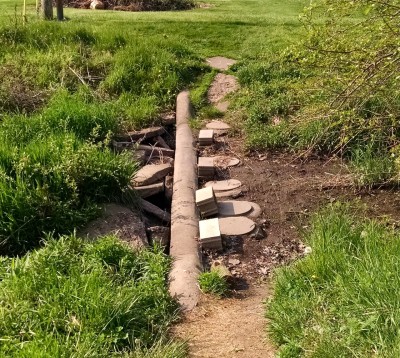 This weir crosses a ditch that runs behind Winfield Village. It’s concrete, a good 12 inches wide, but curved on top, making it a pretty good imitation of a log put across a river to serve as a bridge. I’ve been including it as part of my running route, initially with some difficulty (needing to use the concrete blocks as additional stepping stones), but now crossing on just the weir, and beginning to pick up the pace.
This weir crosses a ditch that runs behind Winfield Village. It’s concrete, a good 12 inches wide, but curved on top, making it a pretty good imitation of a log put across a river to serve as a bridge. I’ve been including it as part of my running route, initially with some difficulty (needing to use the concrete blocks as additional stepping stones), but now crossing on just the weir, and beginning to pick up the pace.
I’m being very careful—Jackie would be quite peeved with me if I injured myself right before our Kal-Haven Trail walk—so I’m not doing much with jumps or vaults yet. But my concept of fitness has broadened greatly, and I’m no longer satisfied with merely a strong heart and strong muscles. I want the full range of human movement capabilities.
